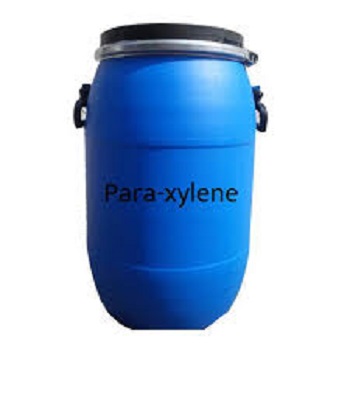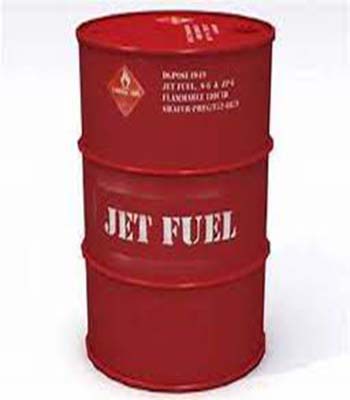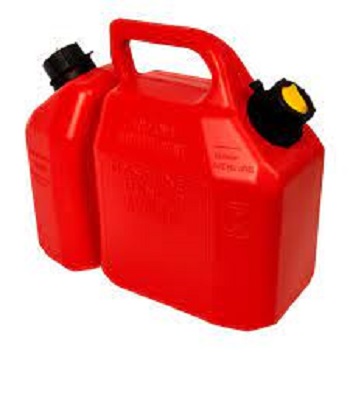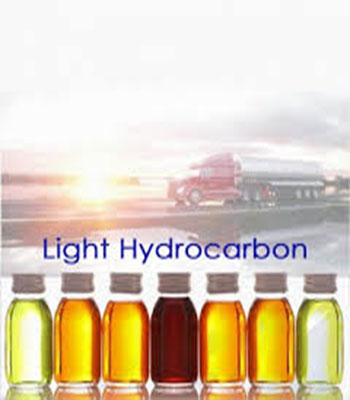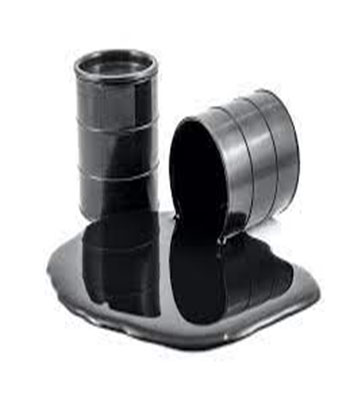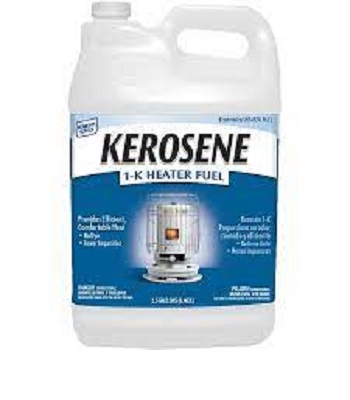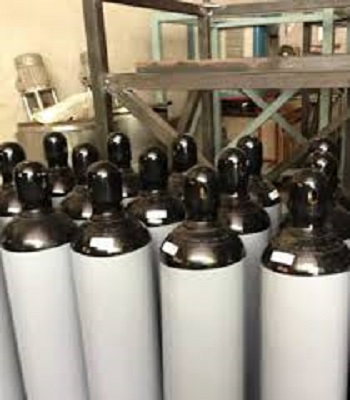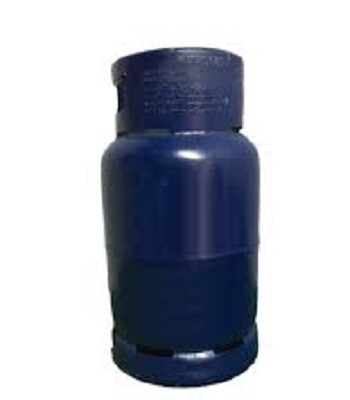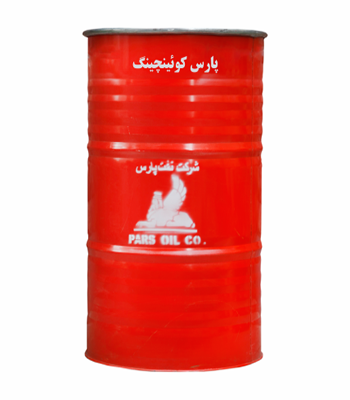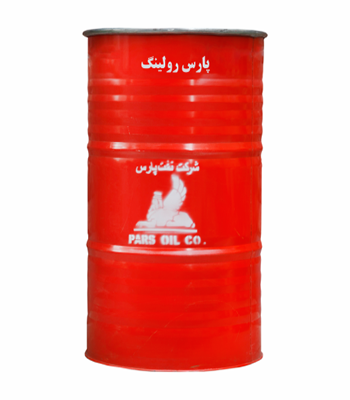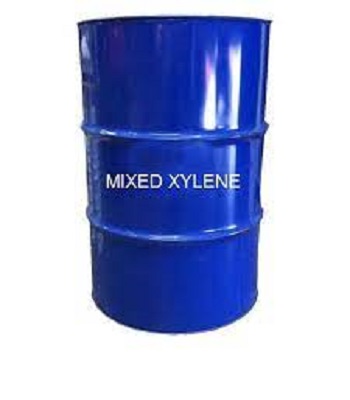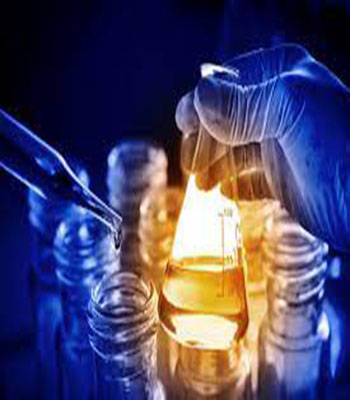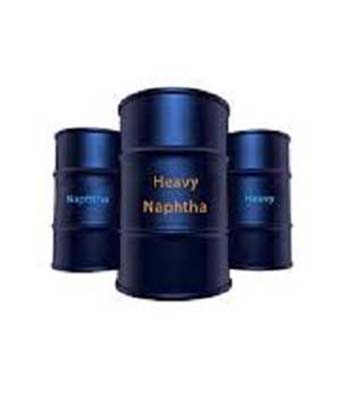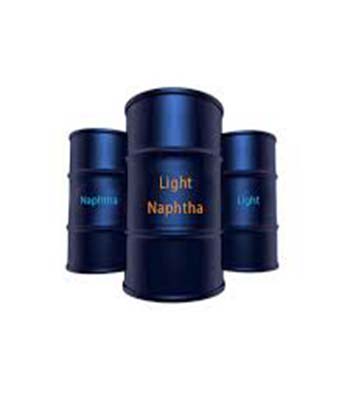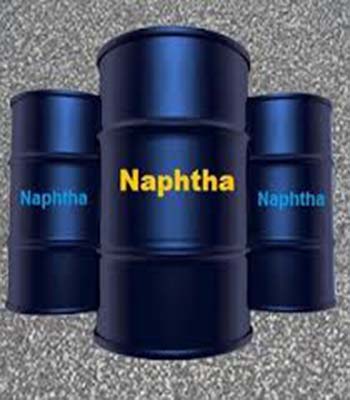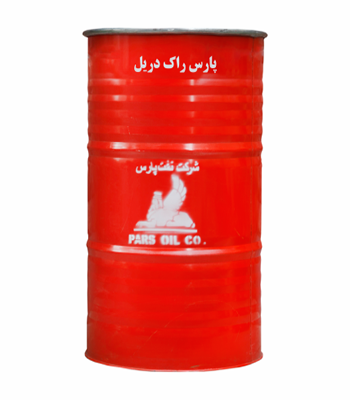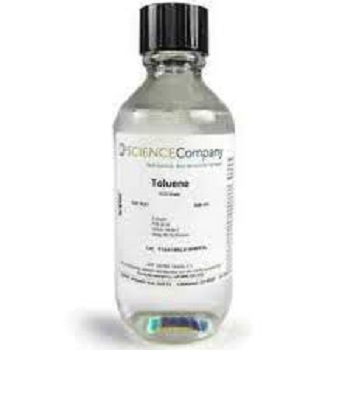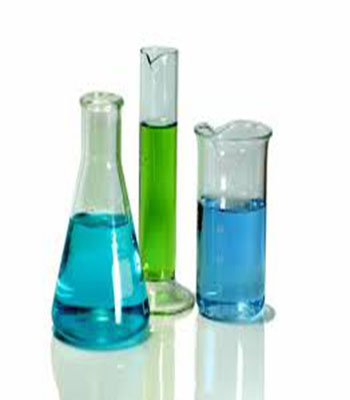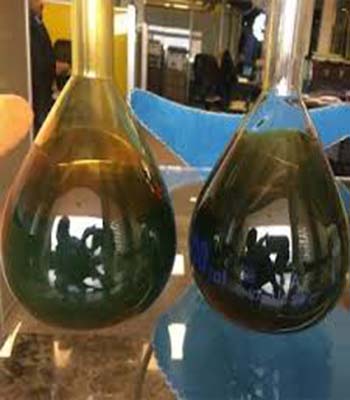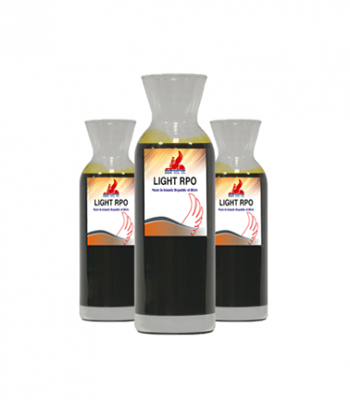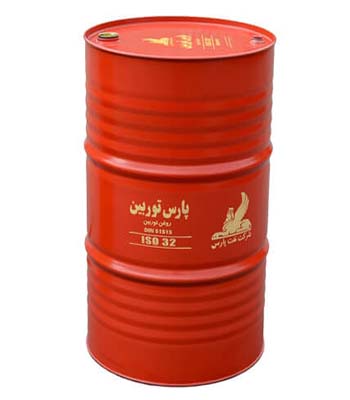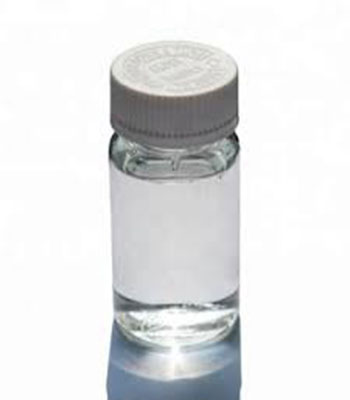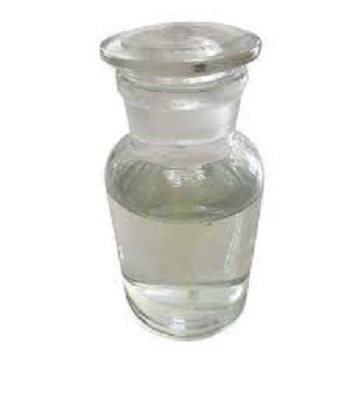para-xylene
$0.00DESCRIPTION
Para-Xylene is made by separating compound xylene, and is a transparent liquid with no color. It is harmful to the body. The product has high value as it is used to produce terephthalic acid, which becomes raw material for polyester, fiber, PET bottles, and films.
Jet fuel
$0.00This fuel in terms Of distillation range, is very similar to kerosene. The fuel is produced by appropriate additives, refining and treatments. Because of high flash point (More Than 40 Degrees Celsius), it is acceptable to use it in turbine engines of airplanes.
This fuel is also called “Jet A-1”. Lead-Free Paraffin (Or Jet A) is similar to gasoil and it’s possible to Use it not only in jet motors but also in diesel motors.
Gas Oil-Gas Oil 500 ppm
$0.00Gasoil (French: Gasoil) or petroleum gas or diesel fuel (French: Diésel) is used as fuel for diesel engines and thermal installations. Its hydrocarbon range is between C14-C20 and even C25 with a boiling point range of 385-250 degrees Celsius. Petroleum gas mainly consists of three groups of paraffinic, naphthenic and aromatic, has a minimum flash point of 54 ° C and a maximum pour point of 0 ° C.
Hydrocarbon-Light Hydrocarbon
$0.00Hydrocarbons, simply in the science of chemistry, are a group of organic materials in whose molecular structure only the atoms of the elements carbon and hydrogen are involved. Hydrocarbons, like the classification of all organic matter, fall into two groups: aliphatic and aromatic. On the other hand, hydrocarbons can be divided into two unsaturated groups and a saturated group.
crude Oil-Forozan Ecrude Oil
$0.00Crude oil or petroleum is a thick, flammable liquid of burnt brown or dark green, or black that is found in the upper layers of parts of the Earth’s crust. The oil contains a complex mixture of different hydrocarbons. Most of these hydrocarbons are from the alkane chain; But inwardly, composition or purity may vary greatly. Oil is called black gold. Oil is considered a fossil fuel and is non-renewable.
Kerosene-KeroseneC9-C16
$0.00Kerosene, also known as paraffin, lamp oil, and coal oil (an obsolete term), is a combustible hydrocarbon liquid which is derived from petroleum. It is widely used as a fuel in aviation as well as households. Its name derives from Greek: κηρός (keros) meaning “ wax“, and was registered as a trademark by Canadian geologist and inventor Abraham Gesner in 1854 before evolving into a genericized trademark. It is sometimes spelled kerosine in scientific and industrial usage.
Penthane-Hydrocarbons
$0.00Pentane is an organic compound with the formula C₅H₁₂—that is, an alkane with five carbon atoms. The term may refer to any of three structural isomers, or to a mixture of them: in the IUPAC nomenclature, however, pentane means exclusively the n-pentane isomer; the other two are called isopentane and neopentane
Butane-Hydrocarbons
$0.00Butane or n-butane is an alkane with the formula C₄H₁₀. Butane is a gas at room temperature and atmospheric pressure. Butane is a highly flammable, colorless, easily liquefied gas that quickly vaporizes at room temperature. Butane is used as fuel and also as raw material in production of olefins.
PARS QUENCHING- Industrial Oil
$0.00PARS QUENCHING oil is recommended to use in heat treatment systems of steel alloys. PARS QUENCHING H oil is suitable for marquenching (oil bath temperature up to 170 oC) and the other grades are proposed for cold quenching (oil bath temperature up to 80 oC).
Applications
- Grades 32 to 68 for cold quenching operation
- Grade150 (H) for marquenching operation
Performance Features
- Very low aromatic components
- Excellent thermal stability
- High oxidation resistance
- Non corrosive to steel
Performance Levels
- ISO 6743 PART 14, UHA, UHB
PARS ROLLING- Industrial Oil
$0.00PARS ROLLING oil is a premium heavy duty circulating oil specially designed to meet the critical requirements of high speed rod mills, manufactured by Daniel Italian Company. It is formulated from high quality base oils and a proprietary additive system to provide enhanced film strength anti-wear and anti-scuff properties.
Applications
- Machine circulation systems
- Single circulating oil system of high speed rod mills
Performance Features
- Excellent protection against rust and corrosion
- Outstanding anti wear performance
- High resistance to oxidation and thermal degradation
Performance Levels
- DIN 515I7 PART III (CLP)
Mixed-Xylene
$0.00DESCRIPTION
Mixed xylenes are the second-most-important aromatic product in terms of world consumption for chemical manufacture, ranking behind benzene and ahead of toluene. Mixed xylenes refers to the equilibrium mixture of four isomers with the same C8H10 chemical formula. The isomers in order of natural occurrence are meta-xylene, ortho-xylene, para-xylene, and ethylbenzene.
Xylenes are produced with different processes. When in refineries, oil cuts enter the reforming units, aromatic compounds comprise a great proportion of the outflow material. Separating this flow into its components, accounts for more than 70 percent of global xylene supply. Also in the steam cracking process in olefin units, some quantity of Mixed Xylene is produced. In addition, disproportioning Toluene into Benzene and Xylene and treating Pyrolysis Gasoline are also different ways to produce Mixed Xylene.
Condensate-Natural Gas Condensate
$0.00The natural gas condensate is also called condensate, or gas condensate, or sometimes natural gasoline because it contains hydrocarbons within the gasoline boiling range, and is also referred to by the shortened name condy by many workers on gas installations.In general, gas condensate has a specific gravity ranging from 0.5 to 0.8, and is composed of hydrocarbons such as propane, butane, pentane, and hexane. Natural gas compounds with more than two carbon atoms exist as liquids at ambient temperatures
Gas Oil-Gas Oil 7000 ppm
$0.00Gasoil (French: Gasoil) or petroleum gas or diesel fuel (French: Diésel) is used as fuel for diesel engines and thermal installations. Its hydrocarbon range is between C14-C20 and even C25 with a boiling point range of 385-250 degrees Celsius. Petroleum gas mainly consists of three groups of paraffinic, naphthenic and aromatic, has a minimum flash point of 54 ° C and a maximum pour point of 0 ° C.
Jet fuel-Jet A
$0.00Jet fuel or aviation turbine fuel (ATF, also abbreviated avtur) is a type of aviation fuel designed for use in aircraft powered by gas-turbine engines. It is colorless to straw-colored in appearance. The most commonly used fuels for commercial aviation are Jet A and Jet A-1, which are produced to a standardized international specification. The only other jet fuel commonly used in civilian turbine-engine powered aviation is Jet B, which is used for its enhanced cold-weather performance.
Crude Oil-Koroosh Crude Oil
$0.00Crude oil or petroleum is a thick, flammable liquid of burnt brown or dark green, or black that is found in the upper layers of parts of the Earth’s crust. The oil contains a complex mixture of different hydrocarbons. Most of these hydrocarbons are from the alkane chain; But inwardly, composition or purity may vary greatly. Oil is called black gold. Oil is considered a fossil fuel and is non-renewable.
Naphta-Heavy naphtha
$0.00Naphtha is a flammable liquid hydrocarbon mixture. Mixtures labeled naphtha have been produced from natural gas condensate, petroleum distillates, and the distillation of coal tar and peat. In different industries and regions naphtha may also be crude oil or refined products such as kerosene. Mineral spirits, also historically known as “naphtha”, is not the same chemical.
HTN-Naphta
$0.00Naphtha is a flammable liquid hydrocarbon mixture. Mixtures labeled naphtha have been produced from natural gas condensate, petroleum distillates, and the distillation of coal tar and peat. In different industries and regions naphtha may also be crude oil or refined products such as kerosene. Mineral spirits, also historically known as “naphtha”, is not the same chemical.
Naphta (C5+)-Naphta
$0.00Pentanes Plus is a complex mixture of C5 hydrocarbons rich in isopentane and pentane. This material is a colorless liquid with a gasoline-like odor. It is volatile (evaporates readily) and does not mix with water (negligible solubility). Pentanes Plus is recovered during the manufacture of benzene from pyrolysis gasoline
PARS COMPRESSOR 1053- Industrial Oil
$0.00PARS COMPRESSOR 1053 oil is a premium quality vane and screw air compressor lubricant. It is based on a blend of specially HVI base oils and additives to provide a long life service anti friction, anti – corrosion and anti oxidation performance.
Applications
- Used for all types of screw & vane compressors
Performance Features
- Long service life
- Excellent VI
- Very good rust resistance
- High oxidation stability
PARS ROCK DRILL- Industrial Oil
$0.00PARS ROCK DRILL oil is premium quality slide-way lubricant specially designed to meet the requirements for accuracy aqueous coolant separability and equipment protection of precision machine to do. It is formulated from high quality base oils and advanced additives that provide controlled fractional properties and corrosion protection of parts and equipment.
Applications
- Machine tool parts, including bearings and gear boxes, lubricated by circulation systems
- Machine tool hydraulic systems
- Machine tool slide way systems
Performance Features
- Excellent low frictions
- Excellent emulsion separation performance
- Compatible with machine tool materials
- Excellent anti rust and anti-corrosion performance
Performance Levels
- CINCINNATI MILACRON P47, P50&P53
- ISO 6743-13 ISIRI 9099
- ISIRI 9099
TOLUENE
$0.00DESCRIPTION
Toluene is an aromatic compound that has many applications in chemical industries. Toluene, with C7H8 chemical formula, is found a lot in coal tar and with less quantity, in crude oil. Toluene is a colorless and flammable liquid, which is soluble in alcohol, benzene and ethers, but not water. The most important source of producing Toluene is reformates and after that is pyrolysis gasoline from olefin units. A little portion of toluene supply is derived from coke and coal-based processes.
Gasoline
$0.00It is used as fuel for diesel engines and and thermal installations. It consists mostly of organic compounds obtained by the fractional distillation of petroleum, enhanced with a variety of additives.
Gas Oil-Gas Oil10000 ppm
$0.00Gasoil (French: Gasoil) or petroleum gas or diesel fuel (French: Diésel) is used as fuel for diesel engines and thermal installations. Its hydrocarbon range is between C14-C20 and even C25 with a boiling point range of 385-250 degrees Celsius. Petroleum gas mainly consists of three groups of paraffinic, naphthenic and aromatic, has a minimum flash point of 54 ° C and a maximum pour point of 0 ° C.
Jet fuel-Jet B
$0.00Jet fuel or aviation turbine fuel (ATF, also abbreviated avtur) is a type of aviation fuel designed for use in aircraft powered by gas-turbine engines. It is colorless to straw-colored in appearance. The most commonly used fuels for commercial aviation are Jet A and Jet A-1, which are produced to a standardized international specification. The only other jet fuel commonly used in civilian turbine-engine powered aviation is Jet B, which is used for its enhanced cold-weather performance.
Crude Oil-Lavan Crude Oil
$0.00Crude oil or petroleum is a thick, flammable liquid of burnt brown or dark green, or black that is found in the upper layers of parts of the Earth’s crust. The oil contains a complex mixture of different hydrocarbons. Most of these hydrocarbons are from the alkane chain; But inwardly, composition or purity may vary greatly. Oil is called black gold. Oil is considered a fossil fuel and is non-renewable.
ParaxXylene-Hydrocarbons
$0.00P-Xylene is an aromatic hydrocarbon. It is one of the three isomers of dimethylbenzene known collectively as xylenes. The p- stands for para-, indicating that the two methyl groups in p-xylene occupy the diametrically opposite substituent positions 1 and 4
Raffinate-Hydrocarbons
$0.00Raffinate (petroleum gas, butane-butene raffinate) is the remain of C4-fraction after the extraction of 1,3-butadiene. Raffinate is the hydrocarbon (butane-butene) gas mixture. It is extremely flammable, colorless gas, with slight aromatic odor.
Light RPO-Rubber Processing Oil
$0.00PARS RUBBER PROCESS OIL (RPO) the highly aromatic (HA) type oil is known as distillate aromatic extract (DAE) is obtained in Pars Oil refinery as a by product during solvent extraction process of Producing lube base oils.
Applications
- As component in rubber formulations and manufacturing of products such as automobile tires, rubber shock absorber, footwear, industrial hoses, wire and cable coverings, flooring materials and carrier fluid or solvent in manufacture of adhesives, sealant, polish and carbon black
-
Used as a lubricant in rubber processing
-
Used as a component in ink production
Performance Features
-
Excellent color stability
- Low volatility properties
- Good solubility properties
- Elastomer capability
PARS TURBINE- Industrial Oil
$0.00PARS TURBINE oil has been regarded as the industry turbine oil. It has been developed to meet demands of the most modern non-geared steam turbine systems and light duty gas turbines. PARS TURBINE oil is formulated from high quality mineral base oil and a combination of zinc-free additives.
Applications
- Industrial steam turbines
- Light duty gas turbines
- Water turbine lubrication
- Compressor applications
- Numerous applications where strong control over rust and oxidation is required
Performance Features
- Strong control of oxidation
- High thermal stability
- High resistance to foaming and rapid air release
- High demulsibility properties
- Excellent rust and corrosion protection
- Resistance to action with ammonia
o-xylene
$0.00DESCRIPTION
o-Xylene is an aromatic hydrocarbon with the formula C₆H₄(CH₃)₂. with two methyl substituents bonded to adjacent carbon atoms of a benzene ring. It is a constitutional isomer of m-xylene and p-xylene, the mixture being called xylene or xylenes. o-Xylene is a colorless slightly oily flammable liquid
Natural Gas Condensate
$0.00The natural gas condensate is also called condensate, or gas condensate, or sometimes natural gasoline because it contains hydrocarbons within the gasoline boiling range, and is also referred to by the shortened name condy by many workers on gas installations.In general, gas condensate has a specific gravity ranging from 0.5 to 0.8, and is composed of hydrocarbons such as propane, butane, pentane, and hexane. Natural gas compounds with more than two carbon atoms exist as liquids at ambient temperatures
Gasoline A95
$0.00Gasoline , or petrol is a clear petroleum-derived flammable liquid that is used primarily as a fuel in most spark-ignited internal combustion engines. It consists mostly of organic compounds obtained by the fractional distillation of petroleum, enhanced with a variety of additives.
Naphta-Abadan heavy naphtha
$0.00Naphtha is a flammable liquid hydrocarbon mixture. Mixtures labeled naphtha have been produced from natural gas condensate, petroleum distillates, and the distillation of coal tar and peat. In different industries and regions naphtha may also be crude oil or refined products such as kerosene. Mineral spirits, also historically known as “naphtha”, is not the same chemical.
Crude Oil-Pars Crude Oil
$0.00Crude oil or petroleum is a thick, flammable liquid of burnt brown or dark green, or black that is found in the upper layers of parts of the Earth’s crust. The oil contains a complex mixture of different hydrocarbons. Most of these hydrocarbons are from the alkane chain; But inwardly, composition or purity may vary greatly. Oil is called black gold. Oil is considered a fossil fuel and is non-renewable.
Benzene-Hydrocarbons
$0.00Benzene is a chemical that is a colorless or light yellow liquid at room temperature. It has a sweet odor and is highly flammable. Benzene evaporates into the air very quickly. Its vapor is heavier than air and may sink into low-lying areas. Benzene dissolves only slightly in water and will float on top of water.
Reformate with an octane level of +98-Gasoline
$0.00Reformate is a gasoline blending stock that is produced by the catalytic reforming, a refining process in which mixed-catalysts and hydrogen promote the rearrangement of lower octane naphthenes into higher octane compounds without a significant reduction in carbon number

